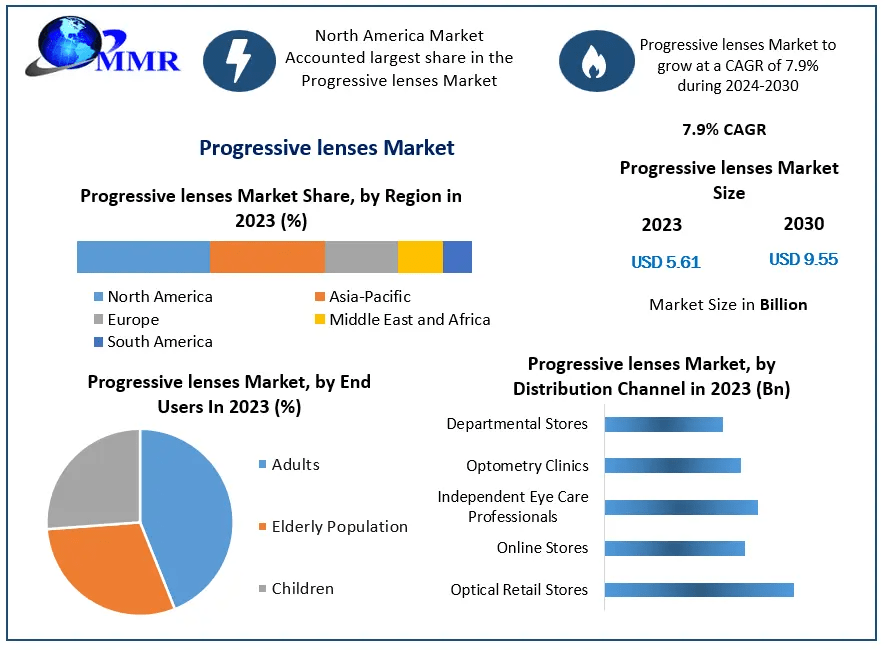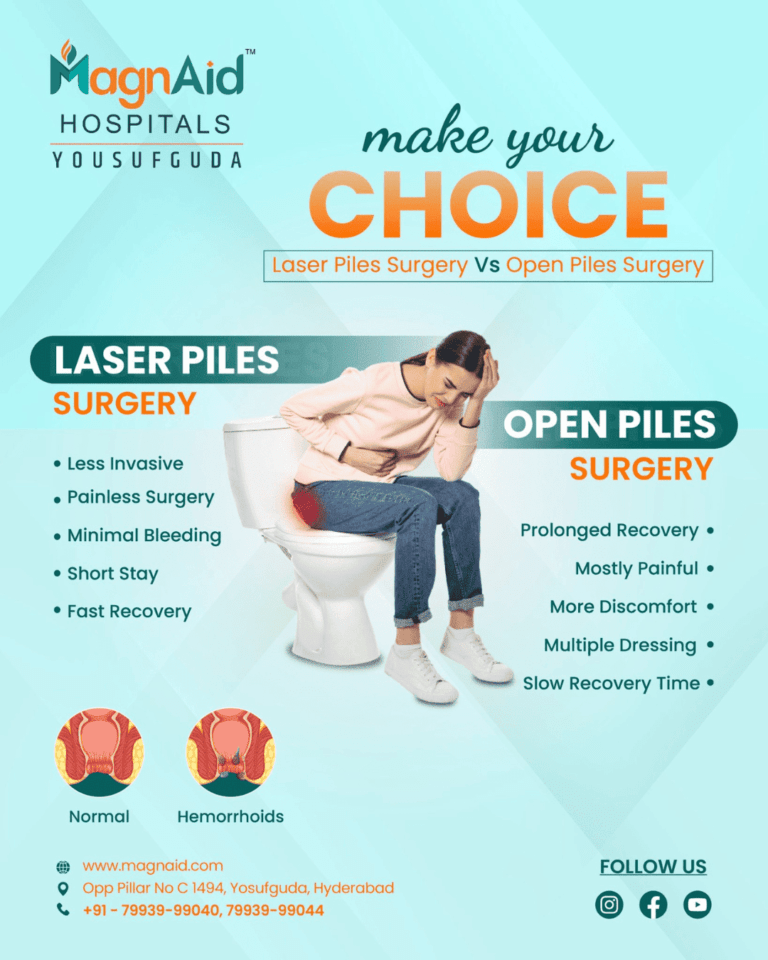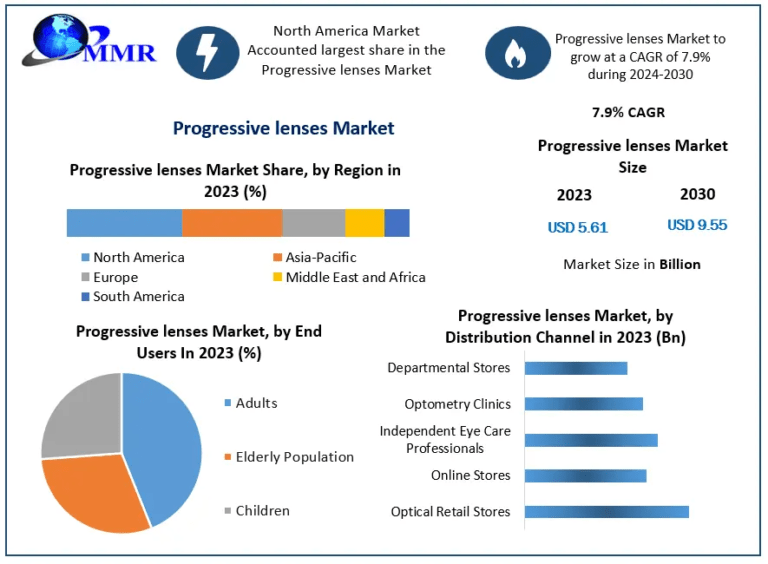Keeping employees safe should never rely on guesswork. Clear systems, accurate records, and quick communication make the difference between avoiding an incident and reacting to one after it’s already happened. This is where health and safety software proves essential.
Workplaces come with risks, from chemical exposure to machinery malfunctions, and the potential for injury or environmental harm exists in nearly every industry. Managing those risks manually is slow and prone to error. Using a digital system speeds up the process and adds structure.
Why Manual Safety Processes Break Down
Many companies still rely on paper-based systems or spreadsheets for inspections, training, and incident reporting. At first glance, these seem simple. But problems appear quickly:
- Safety checks are forgotten when schedules change
- Reports get buried in emails
- Expired training goes unnoticed
- Trends in incident data are hard to spot
These gaps can lead to injuries, regulatory fines, or damage to equipment. Additionally, when auditors or inspectors arrive, missing documents can significantly slow down the process.
Health and safety software addresses these problems by providing teams with the tools to stay on top of day-to-day responsibilities without relying on memory or outdated forms.
What Good Safety Software Should Do
Any tool your safety team uses needs to do more than store documents, it should also help them take action and keep everyone informed.
Look for software that includes:
- Real-time incident logging
Staff can report problems directly from the floor or field using a phone or tablet.
- Automated training tracking
The system keeps tabs on when safety training was completed and sends alerts before certifications expire.
- Inspection scheduling and checklists
You can set recurring tasks, assign responsibilities, and upload evidence (like photos or notes).
- Audit readiness tools
All compliance documents live in one place, making audits less stressful and faster to complete.
- Analytics dashboards
Good safety software collects data and highlights patterns, such as repeat hazards in specific departments. These tools create consistency and help prevent gaps. Instead of reacting to problems after they occur, companies can take action earlier.
Scenario: Avoiding a Forklift Accident at a Warehouse
Imagine a large warehouse with several forklifts running daily. One machine has had a recurring issue with its brakes. Operators have mentioned it informally, but there is no record, and no one has followed up. One day, the brakes fail, and a pallet of goods crashes to the ground. Luckily, no one is hurt, but the damage costs thousands, and the site is investigated.
With health and safety software in place, a worker could have logged the brake issue during a routine equipment inspection, and the system would have flagged it for immediate review. Maintenance could have been scheduled before the problem turned into a costly incident.
Improving Accountability and Communication
Digital systems make work faster and can clarify who is responsible. Once a hazard is logged, it can be assigned to a supervisor or maintenance lead. The system tracks when they act on it. This visibility builds accountability. Nobody can claim they didn’t know something needed attention, and because the software maintains a clear timeline, companies can demonstrate precisely how they responded to safety issues.
The same applies to training. When everyone’s progress is logged in one place, safety managers can check which employees still need a specific course or refresher.
Choosing the Right Health and Safety Software
There are many tools out there. Picking the right one means understanding what your team needs to manage daily and how those needs might evolve.
Consider:
- Who will use the software? Is it easy for frontline workers to log data? Can managers quickly access reports?
- How mobile your workforce is: If people work off-site or move around extensive facilities, the software should work just as well on mobile devices as on a desktop.
- What integrations are required? Does it need to link with HR tools, payroll systems, or equipment tracking apps?
- What level of support is offered? Some systems provide setup help, but not much after that. Look for providers who support you long-term with updates, training, and guidance.
Final Thoughts
Keeping workers safe takes consistent action, clear records, and the right tools. That’s why investing in reliable health and safety software is a crucial compliance decision, as well as a practical step toward reducing risk, preventing delays, and enhancing safety management across the board.












